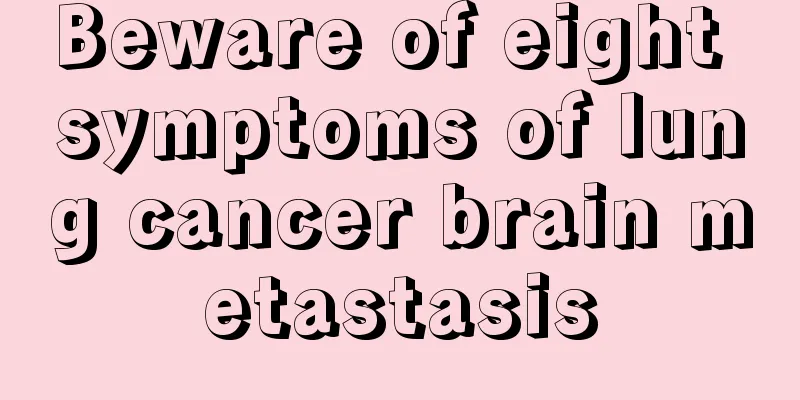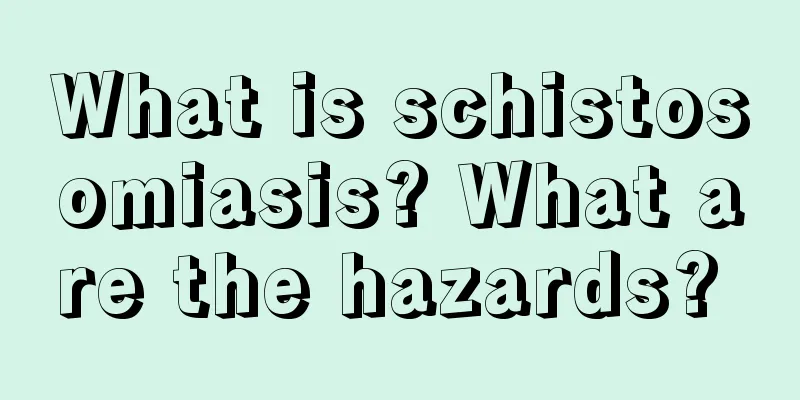What can chest CT detect?

|
Chest CT is a common medical method that uses instruments to check whether there is any disease in the human chest cavity. It uses X-rays and instrument photography to check whether there are abnormalities in the human body. Chest CT can detect the presence of lung diseases or mediastinum in the chest cavity and chest wall, and can also check whether there are tumors and other diseases in the chest cavity. Clinical significance 1. Chest wall: Asbestosis with pleural thickening that cannot be shown on chest X-rays can be found; when there is pleural effusion, if small pleural nodules or masses are found, it is helpful for the diagnosis of metastatic tumors and mesothelioma; based on the CT value of pleural masses, encapsulated effusion, localized mesothelioma and extrapleural lipoma can be distinguished; chest wall hemangioma can be diagnosed with the help of CT enhancement; rib fractures and rib destruction can be well displayed. 2. Lungs: It is valuable for the early diagnosis of peripheral lung cancer. When the main bronchi, lobar bronchi and segmental bronchi are narrowed or truncated, it is helpful for the diagnosis of central lung cancer. High-resolution CT (HRCT) may show diffuse interstitial lesions that cannot be shown on chest X-rays, which is helpful for early diagnosis and differential diagnosis. It can also detect bullae, bronchiectasis, smaller tuberculosis cavities, etc. that cannot be shown on chest X-rays. 3. Mediastinum: It can detect enlarged lymph nodes that cannot be found on chest X-rays. It helps in the qualitative diagnosis of mediastinal masses based on the CT value and location of the masses. It can also be used to differentiate between fatty, cystic, and solid masses. Enhanced scanning can diagnose pulmonary artery aneurysms and aortic aneurysms. 4. CT angiography can be used for pulmonary artery angiography examination, which can better display the pulmonary artery vascular branches above the subsegmental level and can be used for the diagnosis of pulmonary embolism. 5. CT simulation endoscopy can display segmental and subsegmental bronchi non-invasively, and can observe lesions from the distal end of bronchial cavity obstruction and stenosis; at the same time, it can display multi-directional extraluminal anatomical structures, and can accurately locate and determine the scope of extramural tumors. 6. Since CT is a tomographic scan and has a density resolution 10 times higher than that of a chest X-ray, it can easily detect tiny nodules with a diameter of less than 2 mm. Scanning significance 1. It helps to make a qualitative diagnosis of problems found on chest X-rays: Mass: (1) Differentiate whether the mass is cystic, solid, fatty, or calcified; (2) Determine the location and extent of the mass, and find out the anatomical connection between the mass and the mediastinum. 2. According to clinical needs, it can detect hidden sources of disease that are not found in chest X-rays: (1) Identify the presence of micrometastases, and show the presence, location, size, and number of tumors so as to formulate treatment plans. (2) CT-guided percutaneous biopsy enables histological diagnosis of certain tumors. (3) If chest X-ray and fiberoptic bronchoscopy are negative but sputum tumor cells are positive, CT should be performed to identify the source of the tumor in the lungs. 3. CT is inferior to X-ray in determining the degree and morphology of bronchial infiltration and stenosis, and is even inferior to bronchography. Chest CT is a method of examining the chest using X-ray computed tomography (CT). A normal chest CT scan has many layers, and the structure of each layer presents a different image. If there is no abnormality, the doctor will write in the report that "the lung window scan shows clear textures in both lungs, with no abnormal distribution, and no exudation or space-occupying lesions in the lung parenchyma. The mediastinal window showed that the hilum of both lungs was not enlarged, the trachea and bronchi were patent, the enhanced blood vessels and fat spaces were clear, and no enlarged lymph nodes were found in the mediastinum. No abnormalities were found in the pleura, ribs, and chest wall soft tissues. ”Opinion: Chest CT scan showed no abnormalities. |
<<: How can I train my abdominal and chest muscles?
>>: What is the method of cooking rice in a microwave oven?
Recommend
What should I do if the metal zipper is difficult to pull?
There are zippers on many items, and people are v...
What to do if there is a rot between the toes
Toe ulcers are a common clinical problem. When to...
What are the classifications of lung cancer? There are four types
At present, lung cancer is clinically divided int...
How to relieve arm pain after drinking
We often encounter social gatherings in life, and...
Can a patient with lung cancer have a child?
Lung cancer is a malignant tumor of the respirato...
How does traditional Chinese medicine treat melanoma?
As one of the four great quintessences of Chinese...
How to pickle garlic shoots without spoiling
Some people like to eat pickled food very much. M...
What should I do if chili oil splashes on my white clothes?
Many people in life like to wear white clothes. C...
Vaseline gauze
Vaseline gauze is mainly used to bandage wounds, ...
What are the manifestations of early gallbladder cancer?
Cancer is very harmful to the human body. Therefo...
Is bone cracking during exercise due to calcium deficiency?
Most young people nowadays lack the necessary phy...
What can't you eat after total thyroidectomy
For patients with thyroid disease, they may face ...
How should I take care of my colored contact lenses?
Friends who wear colored contact lenses need to p...
What are the conventional medications for fibroids
What are the conventional medications for fibroid...
Is it okay to have a belly tattoo?
In the eyes of many people, getting a tattoo is a...









